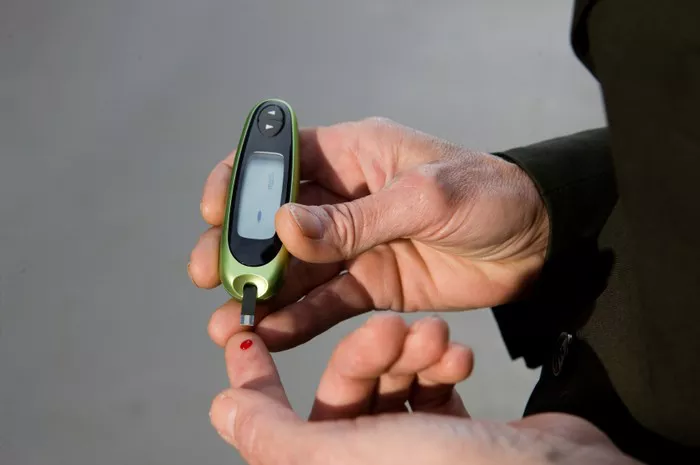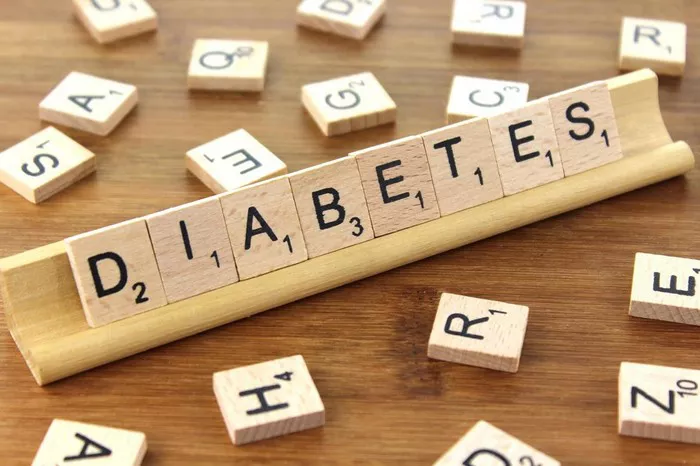Perhaps you’ve experienced unexplained weight loss, excessive thirst, or frequent urination, and found yourself wondering if these symptoms could be indicative of type 1 diabetes. It’s not uncommon for individuals to notice changes in their health and become concerned about the possibility of having this condition.
In this article, we’ll delve into the common symptoms of type 1 diabetes, offering valuable insights and practical information to help you better understand this chronic condition.
Recognizing the Red Flags
Type 1 diabetes, also known as insulin-dependent diabetes or juvenile diabetes, is characterized by the body’s inability to produce insulin, a hormone essential for regulating blood sugar levels.
Without adequate insulin, glucose accumulates in the bloodstream, leading to high blood sugar levels and a range of symptoms. Here are some of the most common symptoms of type 1 diabetes:
1. Excessive Thirst (Polydipsia)
One of the hallmark symptoms of type 1 diabetes is excessive thirst, also known as polydipsia. Individuals with untreated or poorly controlled type 1 diabetes may experience intense thirst as their bodies attempt to flush out excess sugar through increased urine output. This persistent thirst may lead to frequent drinking of fluids, yet the sensation of thirst remains unquenched.
2. Frequent Urination (Polyuria)
Polyuria, or frequent urination, often accompanies excessive thirst in individuals with type 1 diabetes.
The kidneys work overtime to filter and excrete the excess glucose in the bloodstream, resulting in increased urine production. As a result, individuals may find themselves needing to urinate more frequently, including during the night (nocturia), disrupting sleep patterns.
3. Unexplained Weight Loss
Rapid and unexplained weight loss is another common symptom of type 1 diabetes, particularly in children and adolescents.
Despite increased hunger and food intake, individuals with untreated type 1 diabetes may experience weight loss due to the body’s inability to effectively utilize glucose for energy. The loss of calories through excessive urination and the breakdown of muscle and fat for energy further contribute to weight loss.
4. Fatigue and Weakness
Persistent fatigue and weakness are often reported by individuals with untreated or undiagnosed type 1 diabetes.
The inability of cells to access glucose for energy, coupled with the loss of calories through frequent urination, can leave individuals feeling exhausted and depleted. Fatigue may interfere with daily activities and reduce overall quality of life.
5. Increased Hunger (Polyphagia)
Despite experiencing weight loss, individuals with type 1 diabetes may also exhibit increased hunger, known as polyphagia.
The body’s inability to utilize glucose for energy prompts feelings of hunger and cravings for food, leading to excessive eating. However, despite consuming more calories, individuals may continue to lose weight due to the metabolic effects of untreated diabetes.
6. Blurred Vision
Blurred vision may occur as a result of high blood sugar levels causing fluid imbalances in the eyes, leading to changes in lens shape and focusing ability. Individuals with untreated type 1 diabetes may notice gradual or sudden changes in vision, such as difficulty focusing or seeing clearly, which can interfere with daily activities and require corrective lenses.
7. Irritability and Mood Changes
Fluctuations in blood sugar levels can affect mood and emotional well-being, leading to irritability, mood swings, and difficulty concentrating. Individuals with untreated type 1 diabetes may experience heightened emotional responses, increased stress levels, and difficulty managing their emotions, impacting relationships and overall quality of life.
8. Sweet or Fruity Breath (Ketoacidosis)
In severe cases of untreated type 1 diabetes, a life-threatening condition called diabetic ketoacidosis (DKA) may occur.
DKA is characterized by the accumulation of ketones, acidic byproducts of fat metabolism, in the bloodstream. One noticeable symptom of DKA is sweet or fruity-smelling breath, often described as resembling acetone or nail polish remover.
Seeking Medical Attention
If you experience any of the aforementioned symptoms of type 1 diabetes, it’s essential to seek prompt medical attention for proper evaluation and diagnosis. A healthcare provider can perform blood tests to measure blood sugar levels, assess for the presence of ketones, and determine the appropriate course of treatment.
Early detection and management of type 1 diabetes are crucial for preventing complications and promoting long-term health and well-being.
Conclusion
By familiarizing yourself with the common symptoms of type 1 diabetes, you can take proactive steps to recognize potential warning signs and seek timely medical intervention when needed. If you suspect you may have type 1 diabetes or have concerns about your health, don’t hesitate to consult with a healthcare provider for personalized evaluation and care. Stay safe and stay healthy.


























